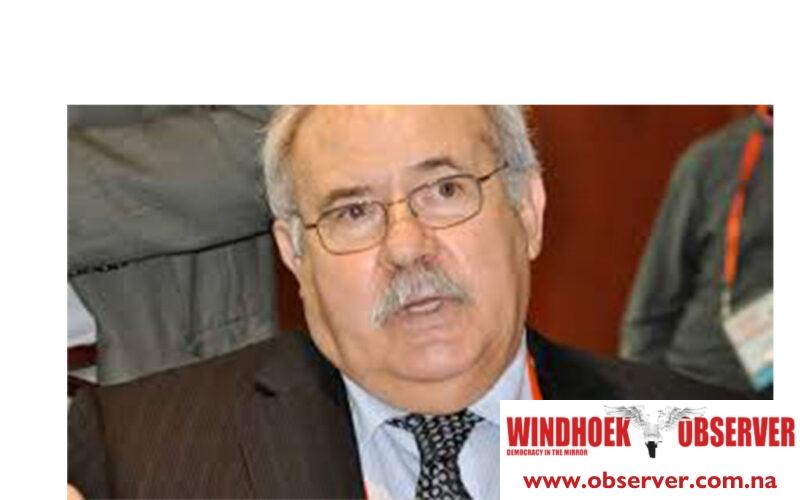CHAMWE KAIRA
The Deep Yellow team continues to progress key work streams to ensure that its most advanced projects, Tumas and Mulga Rock, remain on schedule with their stated timelines for production.
Tumas is one of the most advanced greenfield uranium development projects available and provides an incredible value generation opportunity for the company and its stakeholders.
“The company has a clear outlook from both a project and uranium market standpoint on how to best ensure the right platform is established for long-term success. Following delays in receiving final costing and quotes for detailed engineering work, along with the opportunity to complete newly identified project optimisation works, the board made the decision to defer the final investment decision consideration on Tumas until March 2025,” said Deep Yellow, managing director and CEO John Borshoff.
He said the delay is minor compared to the project and company’s long-term goals and in the best interests of the project and shareholders.
The overall project schedule is also being refined and optimised as part of the final investment decision preparation.
However, the board remains of the view that this relatively small delay will not have a material impact on the project’s overall timeline and objective of commencing production in the second half of 2026.
On the uranium price outlook, Borshoff said that the importance of nuclear as a leading energy source in the global decarbonisation effort, together with its proven reliability and safety record, continues to grow.
“In addition, the rapidly expanding need for electricity, which increasingly now includes servicing the enormous growth predicted for datacentres and artificial intelligence, creates huge added uranium demand and consequent pressure on supply,” he said.
Borshoff said with the positive outlook for nuclear requiring a substantial increase in global uranium supply both in the mid and long term, potentially a doubling of annual supply by 2040, focus will have to revert to the development of greenfield uranium deposits.
“This growth will be virtually impossible to achieve in the current uranium price environment, and a significant sustainable price increase will be required to sufficiently incentivise the development of highly attractive greenfield projects such as Tumas.”
He said unless uranium prices increase to appropriate levels and large amounts of capital become available to the supply sector, greenfield projects will remain in limbo.
He added that this is a situation the nuclear utilities cannot continue to ignore if they are to ensure sufficient growth in supply is achieved to match the unprecedented demands projected for nuclear.




